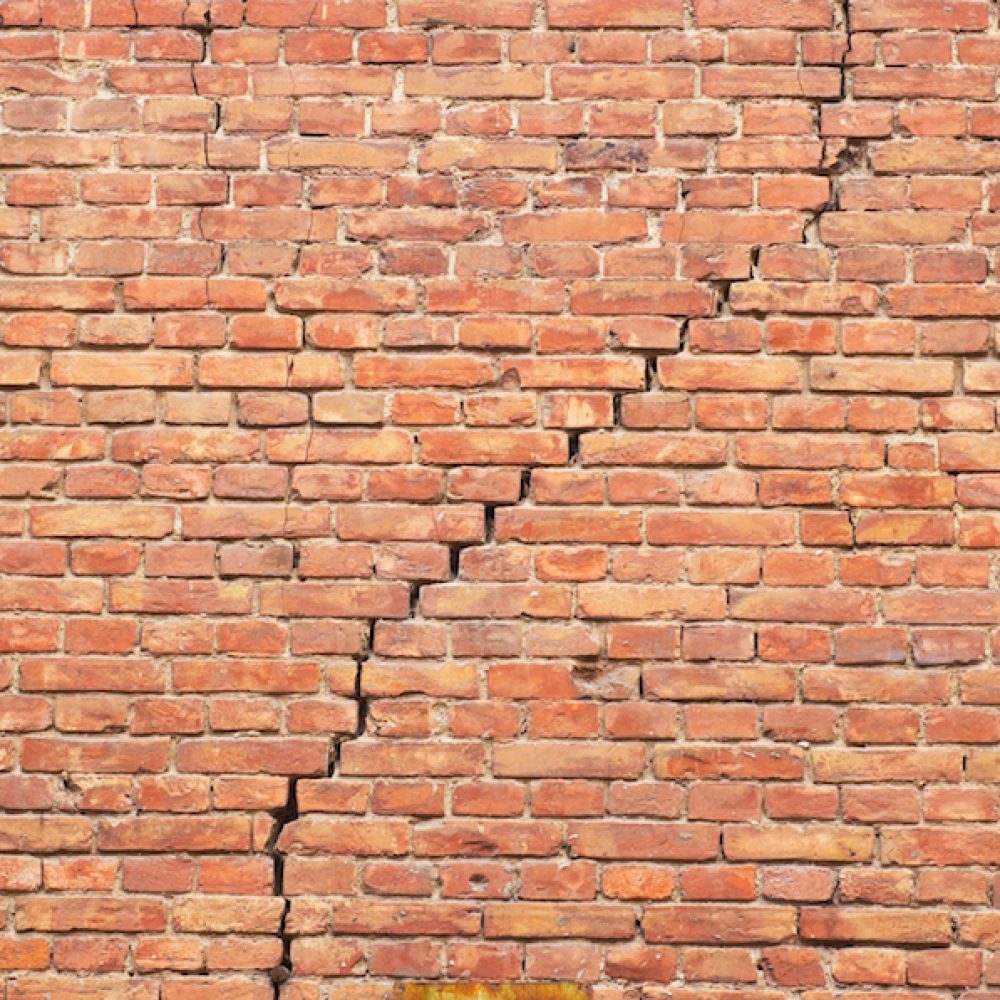Cracks in the masonry of a home are something most homeowners will notice at some point. While the sight of a crack can be alarming, not every crack is a sign of major trouble. Understanding why cracks form and when to take action can save you time, money, and stress.
Why Masonry Cracks
Masonry is strong and built to last, but it’s not immune to movement. Common causes of cracking include:
- Foundation settlement – uneven soil movement beneath the structure.
- Drying shrinkage – as materials cure and lose moisture over time.
- Temperature and moisture cycles – expansion in heat and contraction in cooler weather.
Over time, even small shifts in the soil or seasonal moisture changes can cause minor stress cracks in brick, block, or stucco.
When Cracks Are Normal
Hairline cracks less than 1/8 inch wide often occur naturally. These are usually cosmetic and can be repaired through simple tuck-pointing or patching. Regular maintenance helps prevent them from worsening and keeps your exterior sealed against water intrusion.
Tip: Keep an eye on these small cracks and reseal or repair as needed to prevent future damage.
When to Be Concerned
Certain cracks may point to larger structural or foundation issues. Look for warning signs such as:
- Stair-step cracks running through mortar joints.
- Cracks wider than 1/4 inch.
- Sudden or growing cracks after heavy rain or drought.
- Bulging or displacement in walls or corners.
If you notice any of these, it’s time for a professional evaluation. Foundation movement or shifting soil may be behind the problem, and catching it early can save you from expensive repairs down the line.
Why Repairs Matter
Even small cracks can allow water intrusion, pest entry, and gradual weakening of the wall. Over time, moisture trapped in masonry can expand and cause even more cracking. Addressing these issues early helps preserve both the safety and the value of your home.
Pro Tip: Mark the ends of a crack with a pencil and date it.
If you see it change over time, that’s your cue to call in a professional.
The Smart Move
Have a qualified masonry contractor or structural specialist evaluate and repair significant cracks. Preventative maintenance like tuck-pointing will help maintain the home’s structural integrity and keep small issues from becoming big problems.
Final Thought
Noticed cracks in your brick or block? Don’t panic!
Small, hairline cracks are usually just normal settling. A little tuck-pointing and maintenance can take care of them.
But when cracks get wider, form a stair-step pattern, or start to grow, it’s best to bring in a professional. Catching the issue early keeps your home safe, your foundation solid, and your stress level low.

